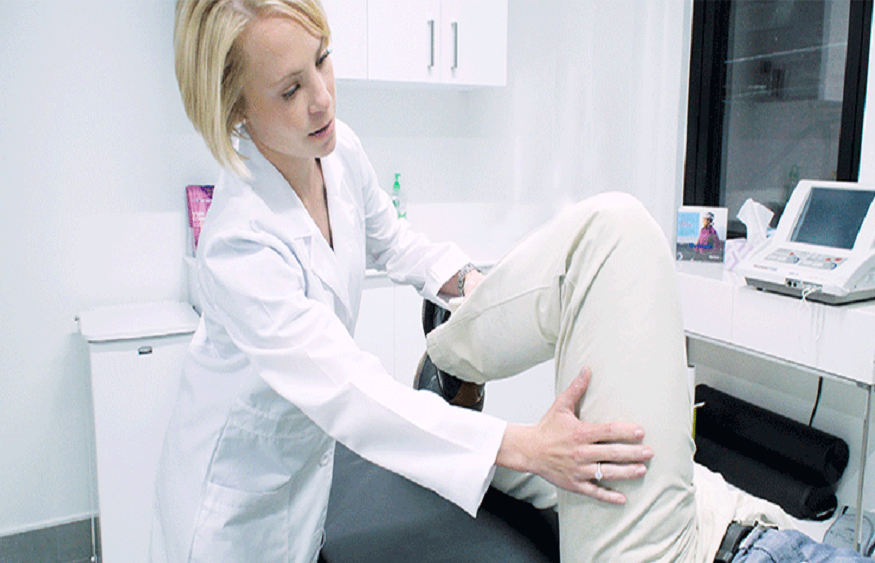The opioid crisis is a harsh reality that we all face today. A key part of this battle is being fought by orthopedic surgeons, specifically those addressing hip pain West Orange. They are bravely carving out new paths. Their aim is clear – to mitigate pain effectively, without leaning on opioids. In this blog, we delve into this crucial fight, highlighting the noteworthy efforts and the significant impact they’re making.
Understanding the Opioid Crisis
Before we dive in, let’s understand the gravity of the opioid crisis. According to the U.S. Department of Health and Human Services, nearly 50,000 Americans died from opioid overdose in 2019. Moving forward, it is imperative to find alternative pain management methods.
Orthopedic Surgeons and Their Role
Orthopedic surgeons often deal with painful conditions such as hip pain. For years, opioids were the go-to solution for managing this pain. By recognizing the opioid crisis, orthopedic surgeons are now forging a new path, one that sees less dependence on opioids.
Strategies Implemented
Orthopedic surgeons have implemented several strategies to combat this crisis. These include using non-opioid medications, integrating physical therapy, and exploring nerve-blocking techniques. Let’s take a closer look at each of these.
Non-Opioid Medications
Non-opioid medications such as NSAIDs and acetaminophen provide effective pain relief for many patients. Unlike opioids, these medications don’t have a high risk of addiction.
Physical Therapy
Physical therapy exercises can strengthen muscles and improve flexibility, reducing pain. This approach encourages the body’s natural healing abilities.
Nerve-Blocking Techniques
Through nerve-blocking techniques, surgeons can target specific nerves causing pain. This allows for targeted pain relief without the systemic effects of opioids.
Measuring The Impact
These strategies have shown promising results in reducing reliance on opioids. To illustrate this, let’s look at some data from West Orange where these strategies have been implemented.
| Year | Opioid Prescriptions | Hip Pain Cases |
| 2017 | 1100 | 1200 |
| 2018 | 900 | 1200 |
| 2019 | 700 | 1300 |
| 2020 | 500 | 1300 |
This table shows a significant decrease in opioid prescriptions, while the number of hip pain cases remained consistent or even increased. This clearly suggests the strategies implemented are working.
The battle against the opioid crisis is far from over. However, the work orthopedic surgeons are doing represents a significant step in the right direction. By continuing to explore alternatives to opioids, we can hope for a future with less dependency on these addictive substances.

